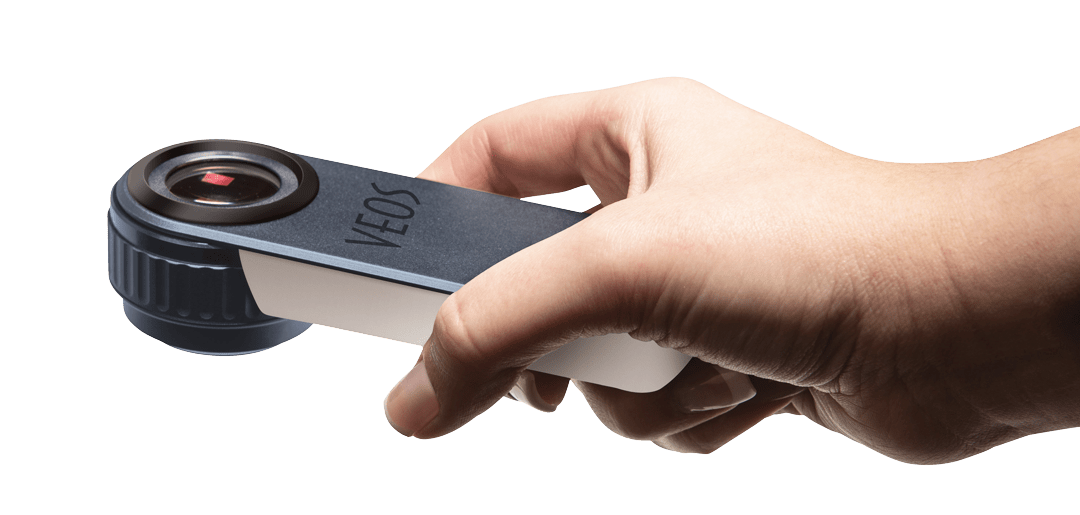By Matt Tramontana
When the design direction of a product has been established and approved by the client, working through the detailed elements of a design begins. As an industrial designer, the responsibility of applying the finishing touches to a design can be an arduous task. Getting the design from 95% done to fully complete often takes more energy than one would think.
Little things like color, material, and finish of a product really need to work together. These details might not immediately jump out at people, but some designer somewhere put a lot of thought into them. My wife jokingly pokes fun at me when she finds me staring at a product, over analyzing and questioning the small details of the design. When they’re done well, I’m impressed. When they’re done not-so-well, I wonder what the designer was thinking when those decisions were made.
Simple and mundane tasks like picking colors get a lot of jokes in our office. You might want white, but which white exactly? A cool white or a warm white? And if the design has two colors, these decisions are that more important. It’s satisfying when a prototype comes back in the selected colors and everyone in the room gives the approving nod. Making these choices comes down largely to having a keen eye, sensitive to both hue & value, while also really understanding the trends of the market.
A common use of color is to communicate to the user how a product is intended to work. Whether it is a chromatic accent color of an adjustment knob or an over-molded soft-touch grip that begs for human interaction. These types of accents are able to be identified from a distance, so as you walk up to a product, it has already intuitively communicated how it’s supposed to function.
The materials and finishes of a product are equally important to the success of the overall design. I can’t tell you how many times I’ve repeatedly picked something up just because of how the textures feel in my hands. Most people don’t take the time to notice or understand how this affects the perceived value and quality of a product. For example, when we were designing the Canfield VEOS® Dermatoscope, a dermatologist’s tool to analyze skin conditions, we spent considerable time thinking about how the relationship between aluminum and plastic would feel, and making sure the texture and finishes elevated the overall quality of the device. Just because it’s a medical product, doesn’t mean it shouldn’t feel like a luxury consumer product.
For any designer: take the time to get the details right, because the overall look and feel of a product are just as crucial to good design as functionality. These little things do matter, and getting them right can really make or break a design.
Good design is thorough down to the last detail, no matter how little they may seem.
